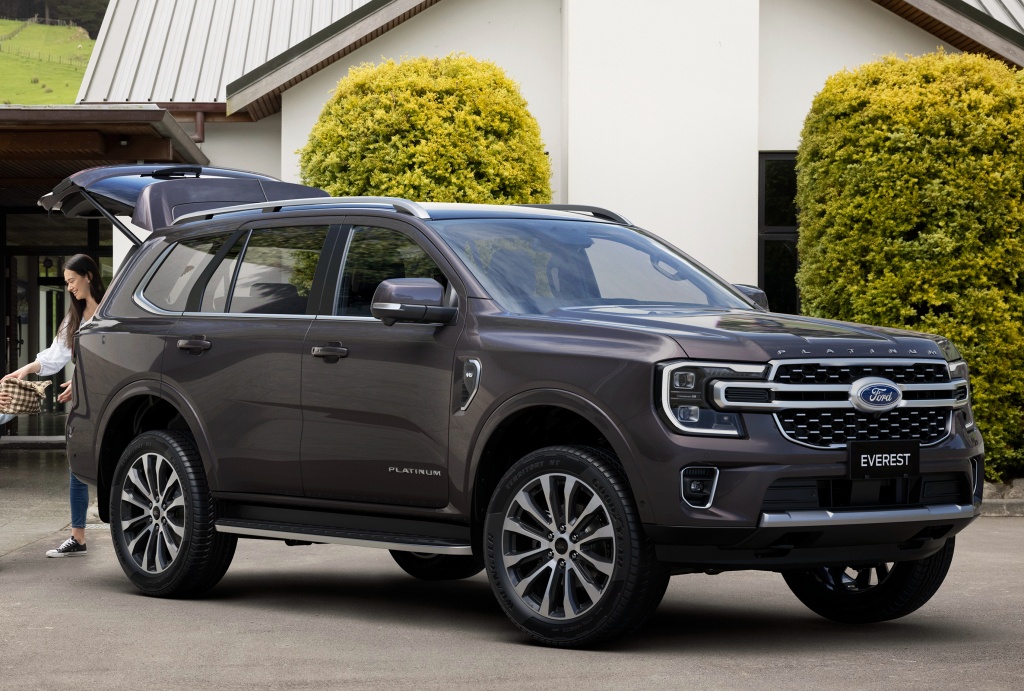
Here's what to do if you need to leave your car in a narrow parking lot
Parking your battery-powered car in hard-to-reach places can be tricky, especially if you're inexperienced. However, the best way to achieve this is to make sure your vehicle fits into the space and have plenty of patience to perform the maneuvers required at the moment.
Parking seems like a simple task, but it's not always easy. Some parking spots are small and narrow, making it difficult to get in safely without the occasional rumble of cars on either side of your spot. Parking can be especially challenging when driving a large vehicle. By taking your time and following a few helpful tips, you can safely park in tight spaces.
How to park in a small place?
1. To make parking easier, find a parking spot next to another empty spot so you don't have to worry about getting too close to another parked car. If this is not possible, choose the first free parking space you find.
2. Stop the car in front of the place where you plan to park. Your vehicle's bumper should be centered in the parking space directly in front of where you will park.
3. Turn on the turn signal. This lets other drivers know that you are about to park. When they know that you are planning to park, they can stop and provide you with a safe place to park your car.
4. Check your mirrors. Even if you are not reversing, it is a good idea to check your mirrors before parking. You must make sure that all vehicles behind you have stopped. If you see a car trying to overtake you, wait until it has passed before continuing to park.
5. Fold down the side mirrors, if possible. After you have checked your mirrors as described in the previous step, if you have folding mirrors, it is a good idea to fold the side mirrors on both the driver's and passenger's sides before entering a parking space. In small parking spaces, vehicles parked next to each other may collide with each other's driver's and/or passenger's mirrors. Folding the driver and passenger side mirrors will protect them from collisions with other vehicles whose driver may not park as carefully as you.
6. Turn the steering wheel towards where you want to park and slowly begin to retract. At this point, the turn signal or turn signal should be on. It will most likely turn off when you continue to turn the steering wheel.
7. If a car is parked on the driver's side and the car is too close to the line between the parking spaces, park your car closer to the opposite side of your parking space. This will leave more room on the driver's side so you can safely open the door without hitting another car when you get out of the car.
8. Align the wheel as soon as you are parallel with vehicles or places near you. When you are completely in the parking space, you should make sure that the steering wheel is straightened and returned to its original position. This will make it easier to leave the room later when you leave.
9. Continue driving slowly until the vehicle is completely in the parking space, then brake. If a car is parked right in front of your spot, be careful not to hit it as you enter fully.
10. Park the car and turn off the engine. When leaving the car, be careful when opening the door. In small parking spaces, there is not always enough room to fully open a car door without hitting a nearby car.
Backing out of a narrow parking lot
1. Look in your rearview mirror and look behind you before reversing out of a parking space. You will need to make sure that there are no pedestrians or other vehicles on the way.
If you folded the side mirrors when parking, open them before reversing if you have enough room to do so. If you managed to get the side mirrors open, or if they were already open, check both to make sure there's nothing in there before reversing.
2. Engage reverse gear and slowly reverse when it is safe to do so. You will still need to keep an eye on pedestrians and other vehicles at all times while you are pulling out of a parking space.
3. Turn the steering wheel in the direction you want the rear of the vehicle to move when reversing. Remember to keep an eye on people and other vehicles when you are backing up.
4. Apply the brake and straighten the steering wheel as soon as the vehicle is completely out of the parking space. Do not release the brakes until the next step. You don't want your car to accidentally roll back as soon as it's completely clear of a parking space.
If the side mirrors were bent and you were unable to open them before reversing, it's time to open them before continuing.
5. Shift into gear, release the brake and drive forward slowly.
In this way, you will successfully drive in and out of a small parking space, but the best thing is that you will not cause any damage to your vehicle and will not leave scratches or bumps on vehicles parked next to you.
**********
:
